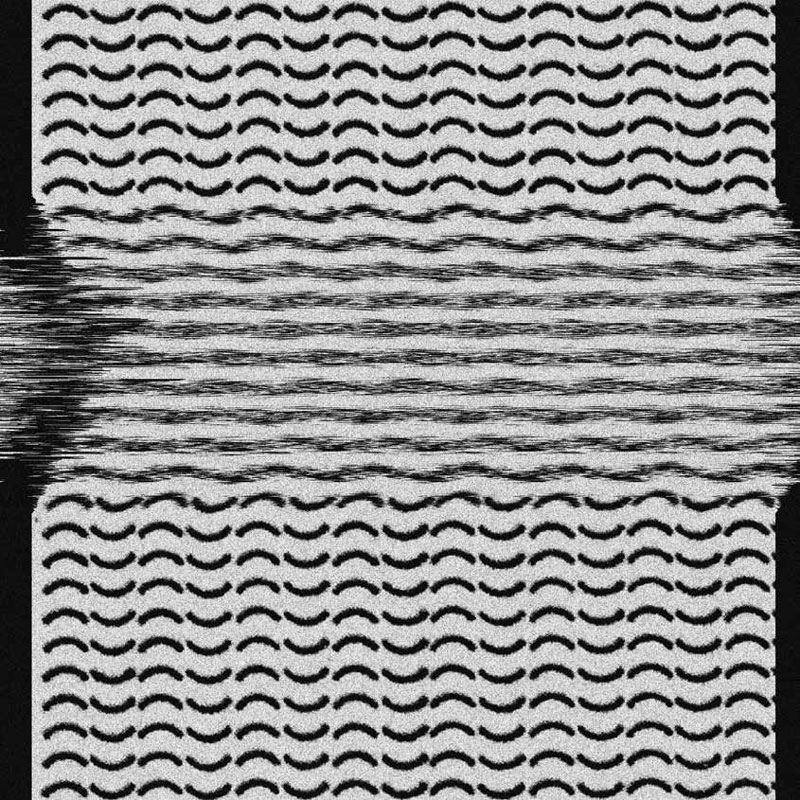This series of graphic prints reworks the typewriter-poetry of Raul Meel. The source material is important in terms of several intertwined aspects: the relationship between the history of culture and technology, on the one hand, and perceptions, texts and speech, on the other. Concrete poetry related to the counterculture and non-conformist art of the sixties and seventies. In the context of restricted dissemination of information, a typewriter was a readily available technology that allowed self-productivity. Visually, the font of the typewriter was also associated with power and legislation, with the black-and-white format of official circulars that left no room for interpretation. Such restriction of the freedom of speech caused writing between the lines. It was meaningful in a context where language was being stripped of its primary, communicative function.
Concrete poetry is also a symbolic phenomenon in the context of the linguistic revolution in the humanities in the West, making the language, text, and discourse a subject of investigation. The experimental approach to the text is unavoidably associated with topics such as the sovereignty of the text, the materiality of the text, concrete poetry, self-reflectiveness of the language whose bailiwick ranges from ordinary and easily understandable symbols to cosmic constellations. Both psychoanalysis as well as psychedelic culture helped liberate the text from rationality, examining its relationship with perception and cognition. What also became important was the interdisciplinary aspect, the common field between the semantic, phonetic, and visual elements of the language.
Reworking the creations of Raul Meel, a canonised author, is like giving them a ghostly parallel life. Besides the multi-layered source material, the degree of reworking is also important. The remixes of the classical works of Meel express the relationships between the text, consciousness, and perception, attempting to model a complicated state in which the language and the text express something that goes beyond their functionality. The transformation of texts delegated to algorithms on micro levels represents further development of visions of massive information fields and energetic levels. If the text mediates the world, then changes to the text at the deepest level create newly perceived situations and new worlds.
The completion of the series was supported by the Cultural Endowment of Estonia.
The series of graphics from Kiwa, “spiral of void” can be viewed at the Maakri Quarter (Maakri 19, Tallinn) and on the website of Haus Gallery here.
.png)
